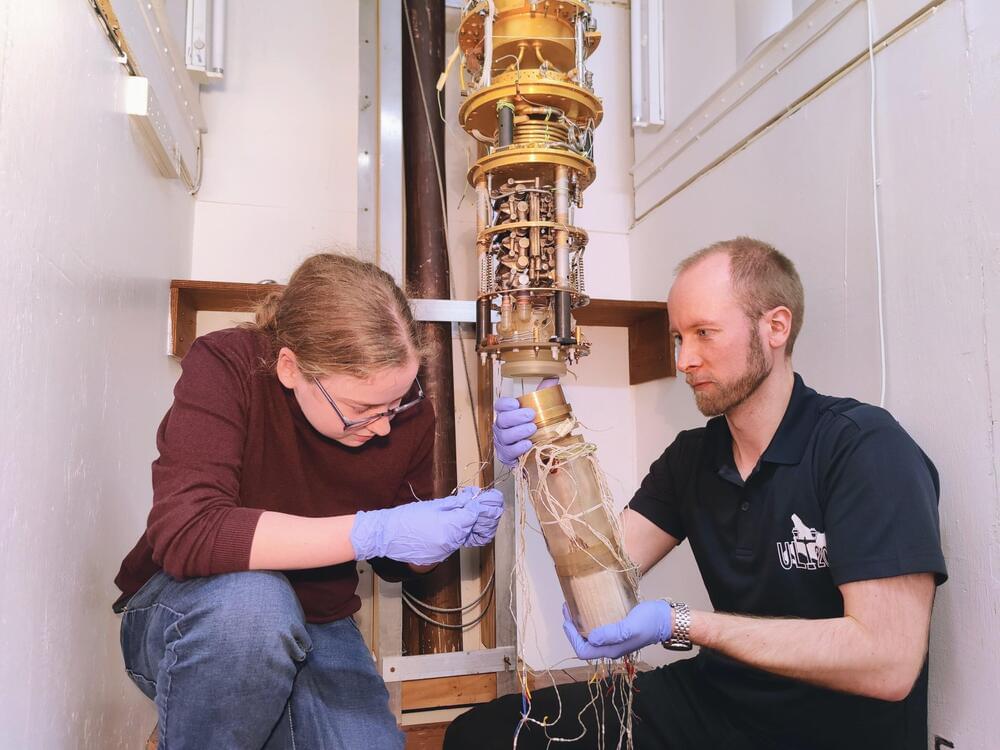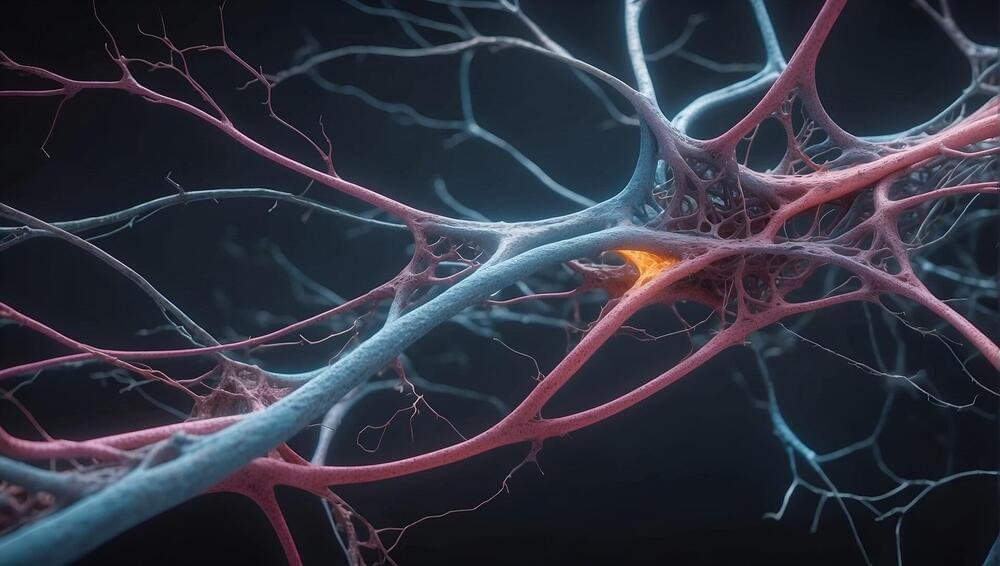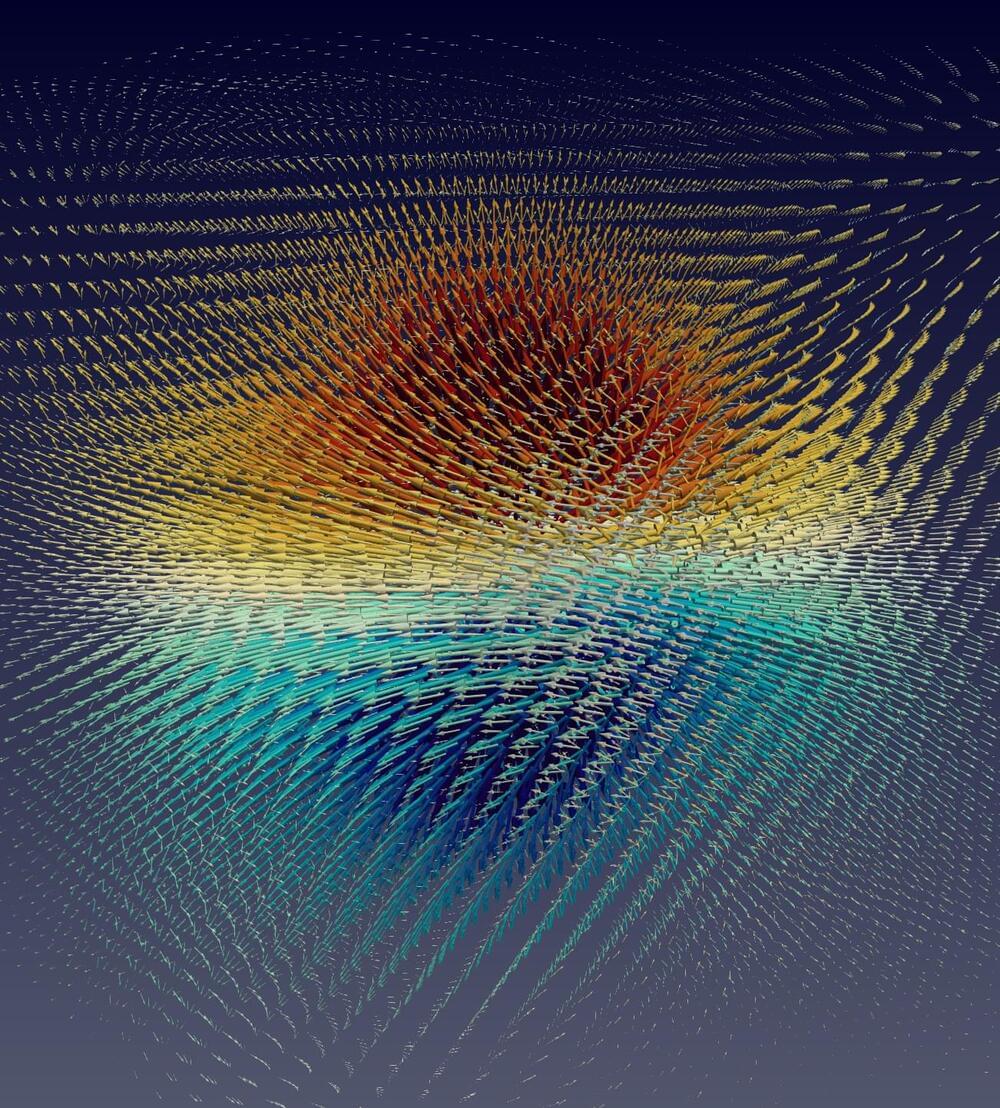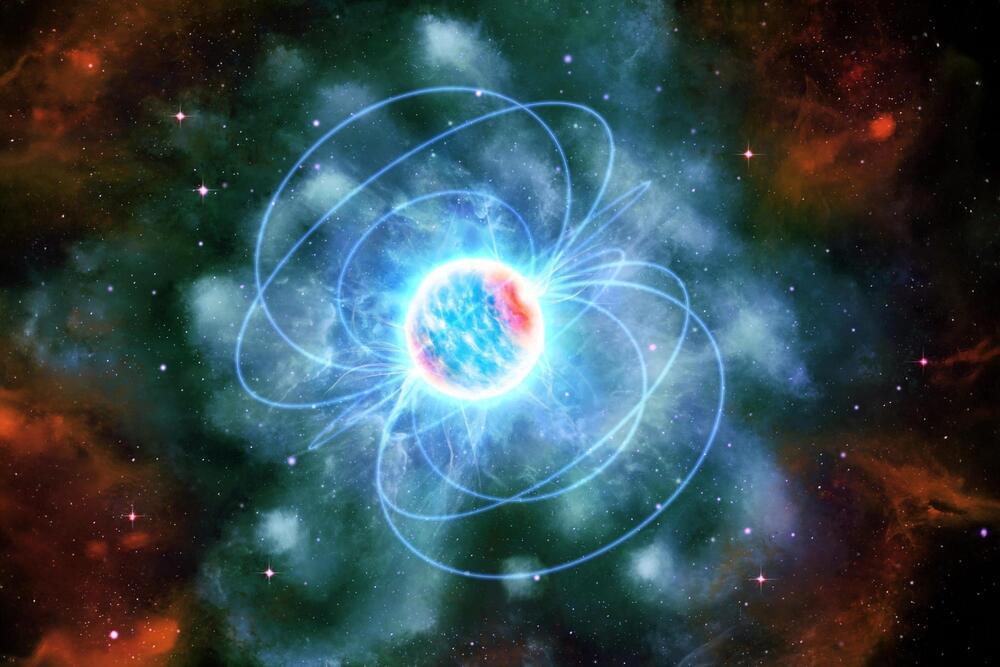Latest posts
Jul 4, 2024
Searching for dark matter with the coldest quantum detectors in the world
Posted by Saúl Morales Rodriguéz in categories: cosmology, particle physics, quantum physics
One of the greatest mysteries of science could be one step closer to being solved. Approximately 80% of the matter in the universe is dark, meaning that it cannot be seen. In fact, dark matter is passing through us constantly—possibly at a rate of trillions of particles per second.
We know it exists because we can see the effects of its gravity, but experiments to date have so far failed to detect it.
Taking advantage of the most advanced quantum technologies, scientists from Lancaster University, the University of Oxford, and Royal Holloway, University of London are building the most sensitive dark matter detectors to date.
Jul 4, 2024
Song melodies have become simpler since 1950, study suggests
Posted by Saúl Morales Rodriguéz in category: media & arts
The complexity of the melodies of the most popular songs each year in the U.S.—according to the Billboard year-end singles charts—has decreased since 1950, a study published in Scientific Reports suggests.
Madeline Hamilton and Marcus Pearce analyzed the most prominent melodies (usually the vocal melody) of songs that reached the top five positions of the US Billboard year-end singles music charts each year between 1950 and 2022. They found that the complexity of song rhythms and pitch arrangements decreased over this period as the average number of notes played per second increased. They also identified two significant decreases in melodic complexity that occurred in 1975 and 2000, along with a smaller decrease in 1996.
The authors speculate that the melodic changes that occurred in 1975 could represent the rise of genres such as new wave, disco and stadium rock. Those occurring in 1996 and 2000 could represent the rise of hip-hop or the adoption of digital audio workstations, which enabled the repeated playing of audio loops, they add.
Jul 4, 2024
Key mechanisms identified for regeneration of neurons
Posted by Saúl Morales Rodriguéz in categories: biotech/medical, life extension, neuroscience
Neurological disorders, such as trauma, stroke, epilepsy, and various neurodegenerative diseases, often lead to the permanent loss of neurons, causing significant impairments in brain function. Current treatment options are limited, primarily due to the challenge of replacing lost neurons.
Direct neuronal reprogramming, a complex procedure that involves changing the function of one type of cell into another, offers a promising strategy.
In cell culture and in living organisms, glial cells—the non-neuronal cells in the central nervous system—have been successfully transformed into functional neurons. However, the processes involved in this reprogramming are complex and require further understanding. This complexity presents a challenge, but also a motivation, for researchers in the field of neuroscience and regenerative medicine.
Jul 4, 2024
Physicists develop method to detect single-atom defects in semiconductors
Posted by Saúl Morales Rodriguéz in categories: materials, particle physics
One of the challenges of cramming smarter and more powerful electronics into ever-shrinking devices is developing the tools and techniques to analyze the materials that make them up with increasingly intimate precision.
Physicists at Michigan State University have taken a long-awaited step on that front with an approach that combines high-resolution microscopy with ultrafast lasers.
The technique, described in the journal Nature Photonics, enables researchers to spot misfit atoms in semiconductors with unparalleled precision. Semiconductor physics labels these atoms as “defects,” which sounds negative, but they’re usually added to materials on purpose and are critically important to the performance of semiconductors in today’s—and tomorrow’s—devices.
Jul 4, 2024
Planetary Boundary Layer Revealed: Satellites Illuminate Atmospheric Mysteries
Posted by Saúl Morales Rodriguéz in categories: climatology, satellites, sustainability
New research has unraveled the complex dynamics of the planetary boundary layer, enhancing satellite detection of atmospheric pollutants and aiding environmental management and climate modeling efforts.
A new study has provided groundbreaking insights into Earth’s planetary boundary layer (PBL), a crucial area that affects air quality and climate. By analyzing satellite data, researchers have explored how the temperature gradient from the surface to the atmosphere impacts the identification of atmospheric pollutants, offering a deeper understanding of atmospheric thermal contrasts (TC).
The endeavor to keep tabs on and curb air pollution has been stymied by the enigmatic nature of the planetary boundary layer (PBL). This atmospheric strip, in constant caresses with the Earth’s surface, is a hotbed for pollutants. Yet, its mercurial dance through time and across geographies presents a formidable scientific puzzle. Given these hurdles, an in-depth dissection of the thermal contrast (TC) that delineates this layer is imperative.
Jul 4, 2024
Surprising Vortex Uncovered — Supercomputers Reveal Hidden Secrets of Solar Technology
Posted by Saúl Morales Rodriguéz in categories: particle physics, solar power, supercomputing, sustainability
In the past decade, metal-halide perovskites have rapidly progressed as a semiconductor, surpassing silicon in their ability to convert light into electric current since their initial discovery.
Simulations on TACC’s Frontera and Lonestar6 supercomputers have revealed surprising vortex structures in quasiparticles of electrons and atoms, called polarons, which contribute to generating electricity from sunlight.
This new discovery can help scientists develop new solar cells and LED lighting. This type of lighting is hailed as an eco-friendly, sustainable technology that can reshape the future of illumination.
Jul 4, 2024
Quick-Cooling Oddballs Rewrite Neutron Star Physics
Posted by Saúl Morales Rodriguéz in categories: quantum physics, space
Recent observations by ESA’s XMM-Newton and NASA ’s Chandra have revealed three unusually cold, young neutron stars, challenging current models by showing they cool much faster than expected.
This finding has significant implications, suggesting that only a few of the many proposed neutron star models are viable, and pointing to a potential breakthrough in linking the theories of general relativity and quantum mechanics through astrophysical observations.
Discovery of unusually cold neutron stars.
Jul 4, 2024
A “Word Processor” for Genes — Scientists Unveil Fundamentally New Mechanism for Biological Programming
Posted by Chris Smedley in category: biotech/medical
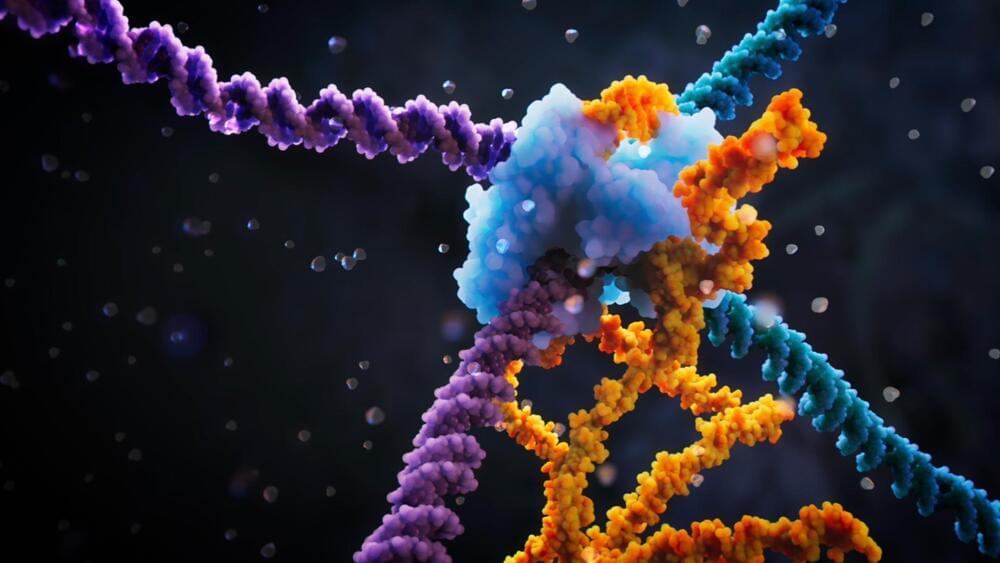
Arc Institute scientists have discovered the bridge recombinase mechanism, a revolutionary tool that enables fully programmable DNA rearrangements.
Their finding, detailed in a recent Nature publication, is the first DNA recombinase that uses a non-coding RNA for sequence-specific selection of target and donor DNA molecules. This bridge RNA is programmable, allowing the user to specify any desired genomic target sequence and any donor DNA molecule to be inserted.

